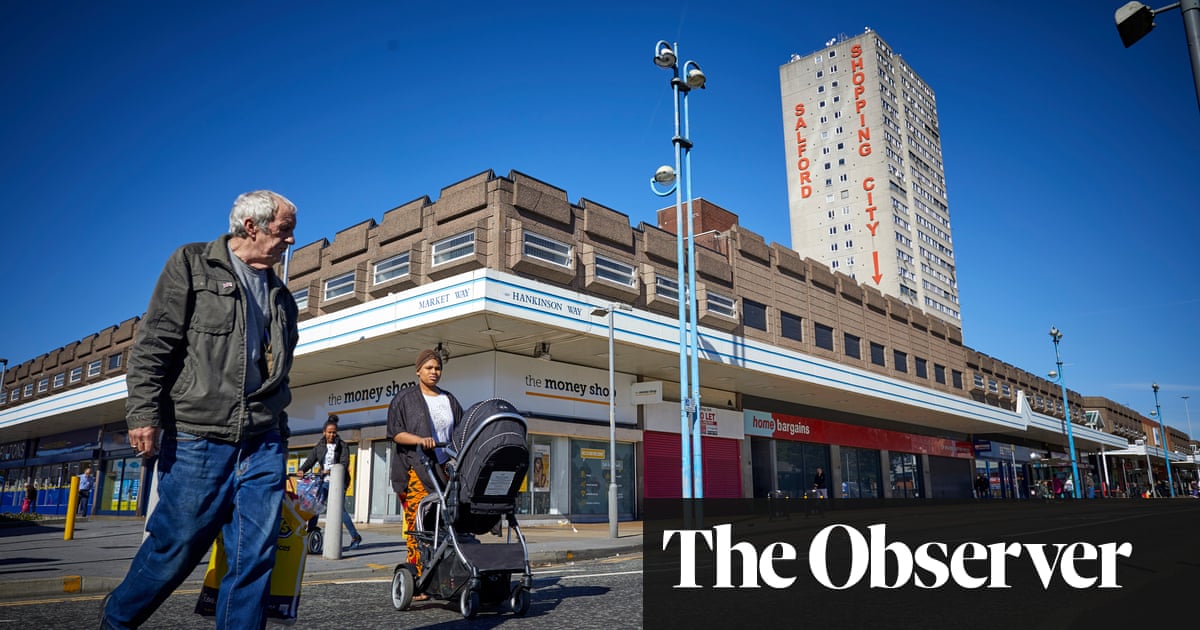
Patients are being treated in the wrong places in UK hospitals, such as corridors and waiting areas, leaving them at risk of poor care, the Royal College of Nursing (RCN) warns today.
Hospitals are so overstretched and understaffed that patients are ending up being looked after in clinically “inappropriate” settings, where personnel may not have the right skills.
More than one in four hospital nurses (27%) have seen patients being cared for in places that are not set up for that purpose, according to a poll of over 20,000 nurses and midwives by the RCN.
A nurse on an adult acute ward in Scotland said that patients and their relatives complained when an extra bed was squeezed into a four-bedded bay, leaving the fifth bed with “no buzzer, no curtains, not two-metre distanced”. The resulting situation was “totally inappropriate for ward rounds, nursing procedures, Covid precautions, and an extra stress on staff”, they added.
An A&E nurse in Northern Ireland told how she had seen “patients waiting more than the safe recommended time for triage, patients being triaged and nursed in corridors [and] patients waiting in excess of 12 hours for admission, with no extra staff to nurse them as ward patients”.
Children with mental health problems are ending up on paediatric wards, which are designed to treat physical rather than psychiatric conditions, because of the widespread lack of beds in specialist mental health units for under-18s.
The Guardian revealed last week that an 18-year-old woman in the midst of a mental health crisis was recently forced to wait for eight and a half days in the A&E at St Helier hospital in Sutton, south-west London, because the NHS could not find her a bed in a psychiatric unit.
Pat Cullen, the RCN’s general secretary and chief executive, warned that the NHS is now so overloaded that patients being treated in the wrong place risks becoming a “new normal”. People stuck there may have to wait longer to be assessed and treated, she added.
“It’s scandalous that nursing staff have to treat patients in the corridors, waiting rooms and even in the back of ambulances outside of hospital entrances. This has to avoid becoming a ‘new normal’.
“When care isn’t delivered in the right setting it means that, despite nursing staff doing everything possible to provide the best care, there can be delays in assessment and treatment, or patients may not be treated on a ward where staff would have the specialised skills for their condition. This is ultimately putting patients at risk,” Cullen said.
She blamed the government at Westminster and devolved administrations in Edinburgh, Cardiff and Belfast for creating the situation by doing too little to tackle “the nursing workforce crisis”. More than 25,000 nurses have left the profession over the last year, and the NHS in England alone has vacancies for almost 40,000 nurses, figures show.
The RCN polled 20,325 nurses and midwives working in different care settings across the four home nations in March.
Respondents said they had also come across adults having to stay longer than necessary in mental health residential facilities because community-based therapeutic services were not available to allow them to be discharged.
Nurses reported seeing mainly elderly people being unable to leave acute hospitals, despite being medically fit to leave, because of a lack of social care to keep them safe after release.
Almost two in three of the 1,954 A&E nurses polled (63%) had seen patients looked after in unsuitable places. Hospital bosses and A&E staff are worried that the prevalence in recent years of “corridor care” – patients getting stuck on chairs or trolleys, sometimes without proper supervision – increases the risk of them coming to harm or even dying.
Almost a quarter (23%) of inpatient mental health staff had seen patients left in the wrong care setting, as had 17% of those on older people’s wards, 18% in community mental health teams, 14% in GP practices and 12% of those working in a care home.
Almost half (46%) of hospital nurses said that time pressures mean patients do not always receive the care they should. Nurses surveyed identified staff shortages as a major source of stress and potentially sub-standard care. Some said they were “not able to care for patients as we would like” and were left feeling “incredibly frustrated and embarrassed”.
Miriam Deakin, the interim deputy chief executive of hospitals group NHS Providers, said: “It’s always a concern when care is not as good as it should have been, and we know the current pressures trusts face, including staff and skills shortages and very high levels of demand exacerbated by Covid levels rising, can impact on care.”
A Department of Health and Social Care spokesperson said: “We are growing the NHS workforce and are on target to meet the 50,000 nurses manifesto commitment, with nursing numbers over 29,000 higher in April 2022 than there were in September 2019 when we made the commitment.”












